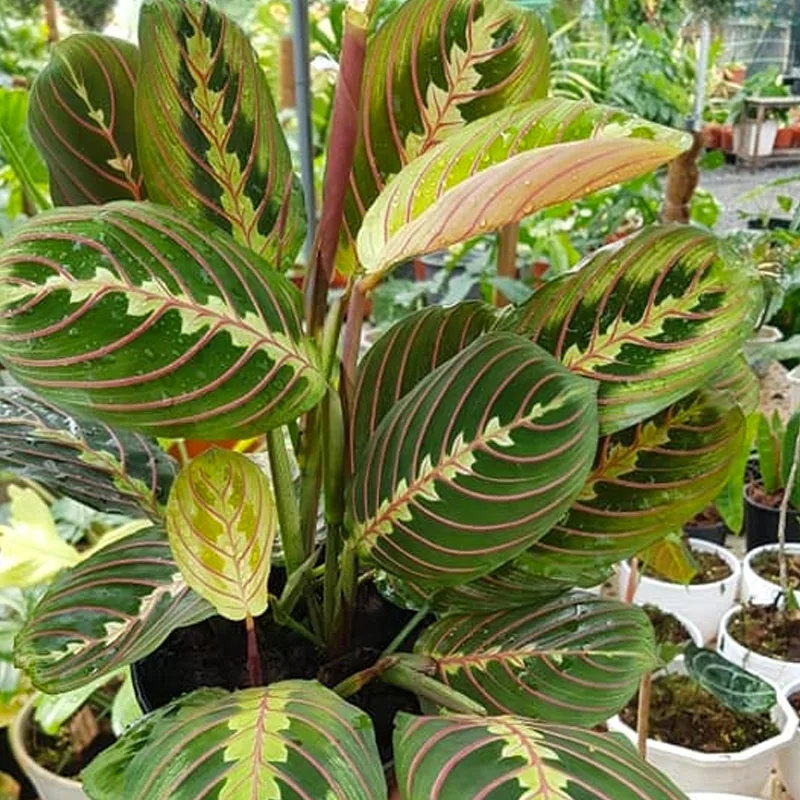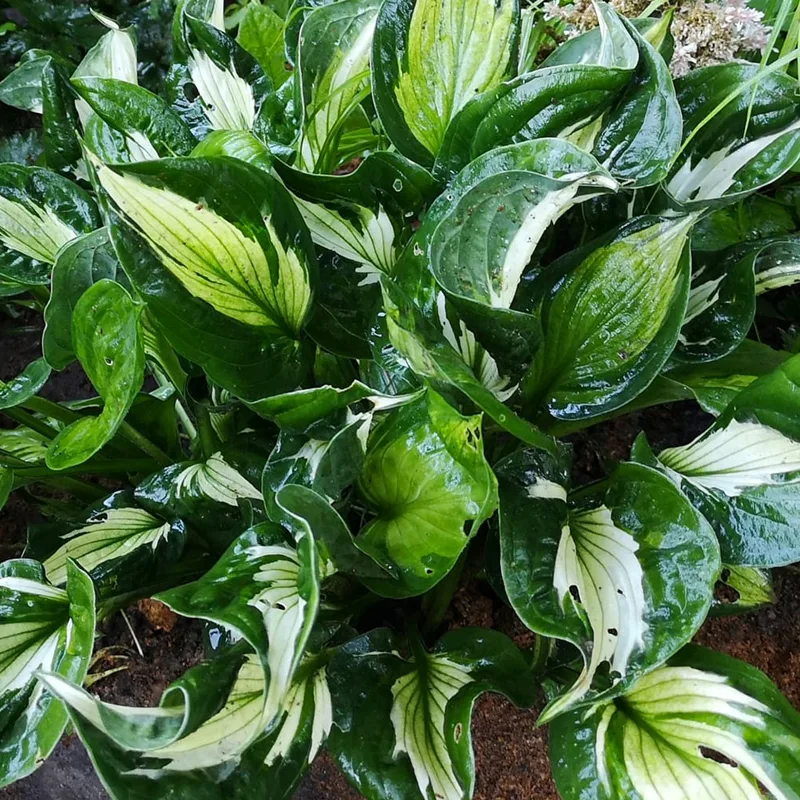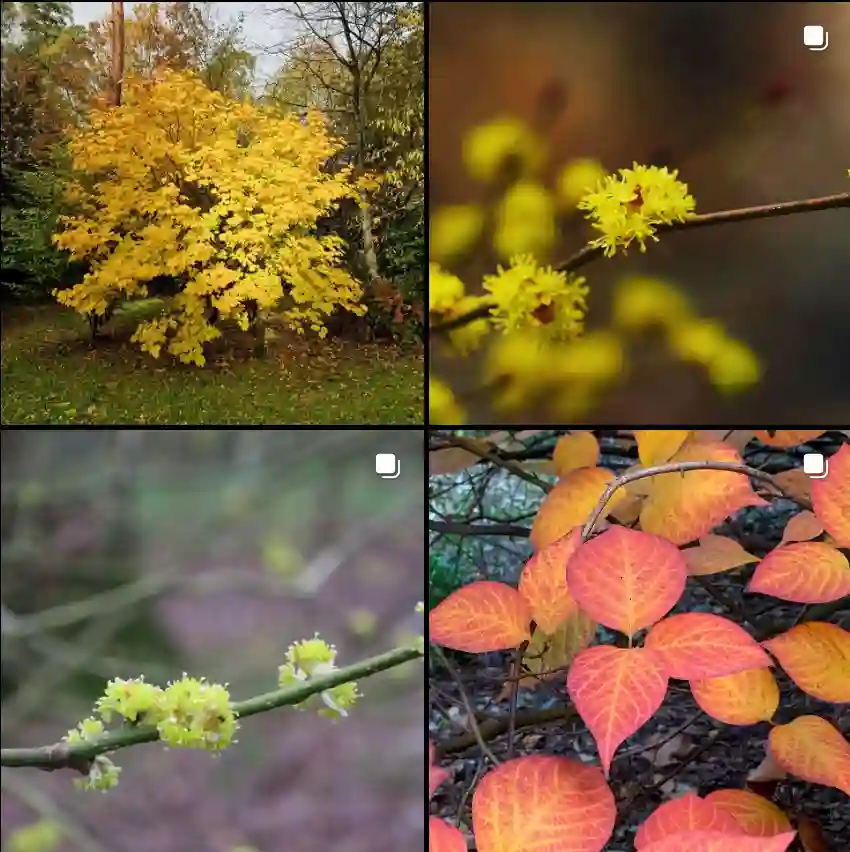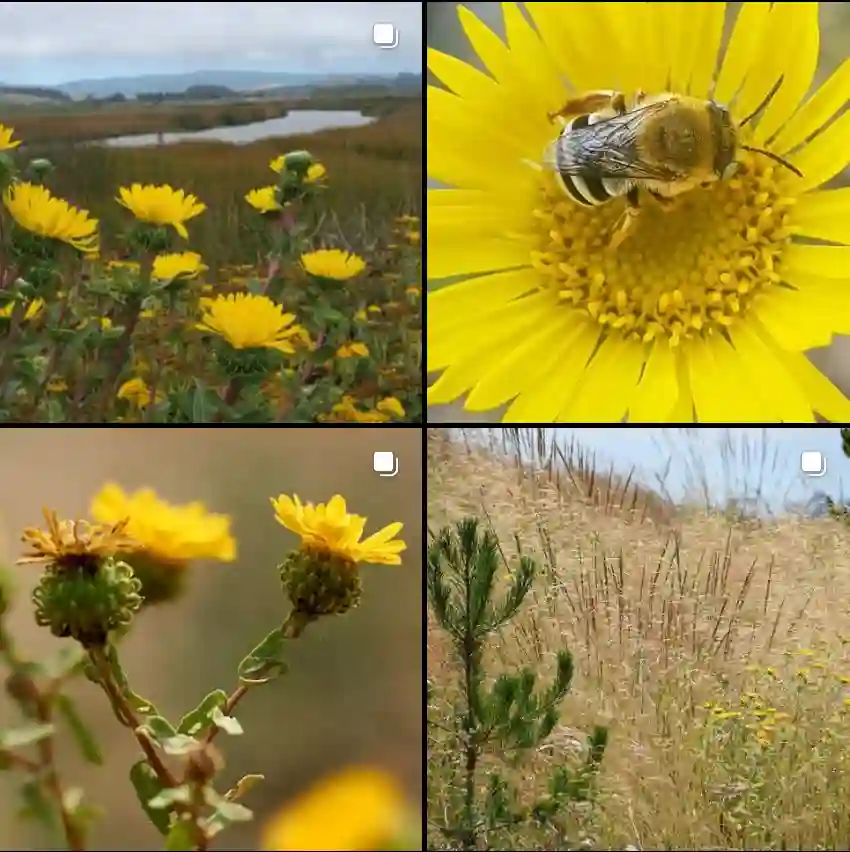Galinsoga: A Wanderer’s Tale
My interest in the plant genus Galinsoga began, oddly enough, with a culinary adventure. I was at a farmer’s market, intrigued by a leafy green I’d never encountered before. The farmer, with a twinkle in his eye, called it “quickweed” and assured me it was delicious in salads and stir-fries. That piqued my curiosity. Little did I know this humble “weed” would lead me down a fascinating botanical rabbit hole.
Galinsoga, as I learned, is a genus of flowering plants belonging to the Asteraceae family, the same family that includes sunflowers and daisies. Native to Central and South America, these plants are now found worldwide, a testament to their adaptability and resilience. They’re often considered weeds, popping up uninvited in gardens and disturbed areas. But there’s more to Galinsoga than meets the eye.
A Diverse Family
The Galinsoga genus boasts a variety of species, each with its own unique characteristics. Some of the most common include:
- Galinsoga parviflora: Known as gallant soldier or smallflower quickweed, this species is characterized by its small, daisy-like flowers with white ray florets surrounding a yellow disc.
- Galinsoga quadriradiata: Also called shaggy soldier or hairy quickweed, this species is distinguished by its larger flower heads and the presence of hairs on its stems and leaves.
- Galinsoga amboensis: A South American species of flowering plant in the aster family.
- Galinsoga boliviensis: A Bolivian species of flowering plant in the aster family.
- Galinsoga caligensis: Native to South America.
- Galinsoga crozierae: Named after botanist A.W. Crozier.
- Galinsoga longipes: Characterized by its long, slender stems.
- Galinsoga × mixta: The hybrid formula is Galinsoga ciliata × Galinsoga parviflora.
- Galinsoga mollis: A common species of flowering plant in the aster family, known for its soft, hairy leaves.
- Galinsoga spellenbergii: Named after botanist Friedrich Spellenberg.
- Galinsoga subdiscoidea: Characterized by its small, disk-shaped flower heads.
- Galinsoga triradiata: A widespread species of flowering plant in the aster family, often considered a weed.
- Galinsoga unxioides: Native to South America.
Adaptable and Resilient
One of the most remarkable aspects of Galinsoga is its ability to thrive in a wide range of environments. These plants are truly cosmopolitan, having established themselves on every continent except Antarctica. Their success can be attributed to several factors:
- Rapid Growth: Galinsoga species are known for their rapid growth cycle, allowing them to quickly colonize disturbed areas.
- Prolific Seed Production: A single Galinsoga plant can produce thousands of seeds, ensuring its propagation.
- Self-Compatibility: Many Galinsoga species are self-compatible, meaning they can self-fertilize, reducing their reliance on pollinators.
- Allelopathy: Some Galinsoga species exhibit allelopathy, releasing chemicals that inhibit the growth of other plants, giving them a competitive advantage.
These traits make Galinsoga a formidable pioneer species, often among the first to appear in disturbed habitats.
Beyond the Weed
While often dismissed as a nuisance, Galinsoga has a surprising number of uses. As I discovered at the farmer’s market, it’s edible. The leaves and young shoots have a mild flavor and can be eaten raw in salads or cooked like spinach. In some cultures, Galinsoga is used medicinally to treat wounds, skin irritations, and even internal ailments.
Recent research has also explored the potential of Galinsoga in phytoremediation, using plants to remove pollutants from the soil. Its rapid growth and ability to accumulate heavy metals make it a promising candidate for this purpose.
A Symbol of Resilience
For me, Galinsoga has become more than just a plant. It’s a symbol of resilience, adaptability, and the often-overlooked beauty of the natural world. It reminds me that even the most humble organisms can have surprising qualities and play important roles in the ecosystem. So the next time you encounter a patch of “quickweed” in your garden, take a moment to appreciate its tenacity and consider its potential. You might be surprised by what you discover.
If i die, water my plants!



